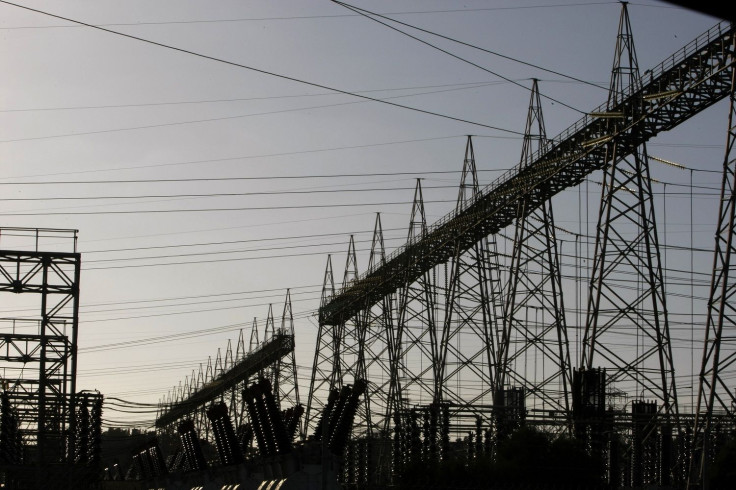Reliance on renewable energy not responsible for SA blackouts, Jay Witherill says

Premier Jay Weatherill has backed South Australia’s adoption of renewable energy. His comments came as claims made years ago emerged concerning potential instability of the power grid.
Reports from 2009 advised the government how it should ideally deal with the integration of renewable energy sources. Weatherill said sources like solar and wind power were not responsible for the blackouts in the state. As SA faces a grid security issue, renewable energy was far from being blamed since the state’s last coal-fired baseload power station was shuttered last May.
"We've had eight years of experience and all evidence (is) to the contrary. There have been no blackouts through renewable energy," Weatherill, who is seeking a re-election in a year, said.
On Monday, the Australian Energy Market Operator (AEMO) said it had warned new wind farms in SA required tougher technical standards as the state had an unstable energy mix. This, the operator said, could make the grid more susceptible to a breakdown. "The high proportion of non-synchronous intermittent generation in South Australia justifies having additional or tighter technical standards than those that currently apply,"AEMO said. The recommendation was made to an inquiry by the Essential Services Commission of SA into licence conditions for wind farms.
Reports from eight years ago, provided to Senate inquiry, revealed that relying on wind power for more than 20 percent of the state’s electricity requirements could lead to negative consequences and hamper the stability of the grid. They also shed light on the need for the growing wind generation to be accompanied by other initiatives like enhanced interconnection, more voltage control and battery storage.
The reports also recommended energy storage to enhance the potential for its renewable energy sources. Furthermore, they highlighted that the generation of renewable energy has a higher cost than traditional forms of energy.
Independent senator Nick Xenophon has raised questions whether the SA government could have avoided the energy crisis had it followed the advice. "The question is a reasonable one. If we listened to these reports back in 2009, would we have had these problems, this crisis, in the first place?" Xenophon said, speaking with ABC radio (via News Corp). According to Federal Energy Minister Josh Frydenberg, SA’s power concern stemmed from improper planning and shortage of backup systems to help combat increased wind and solar generation.
The SA government recently announced its $550 million energy plan with an advertising campaign. However, the opposition said the campaign was a coverup to disguise the government’s role in the state’s power challenges.





















